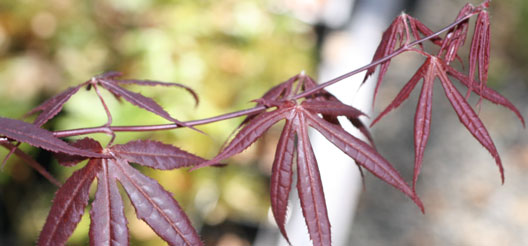aloe vera specimens
A large Aloe Vera is quite attractive.
As with most cultivars, Aloe comes in a
variety of forms - some look very different from their cousins.
Our Aloe vera is one of the most easily recognizable.
Does well in a temperate/dry climate, but does not like frost. Put it under an overhang or bring it inside. As this succulent gets up to size (they are already large plants), they will make quite an impact. But, remember the "dry" part; if you give the aloe too much water, it will rot in its pot. If you do accidentally over water and get an unsightly reaction (yellowing spikes and curling ends), take heart - the stubborn aloe will come back, dropping the ugly, water-damaged leaf spikes as it goes - be patient. Fertilize once a year with a low-power, all-in-one fertilizer. Like most succulents, Aloe can be propagated - below we list some points to consider:
- cut below stem joint or where leaf joins stem
- use vermiculite or a gritty medium
- dry out cut end for a few days
- dip in rooting compound
- consider using tray dome
- bright light, not direct light
- temp 50 degrees to 70 degrees
- water well in summer, but allow soil to dry out
- in winter, water only once a month - don't overwater
- fertilizer OK, but not during winter

